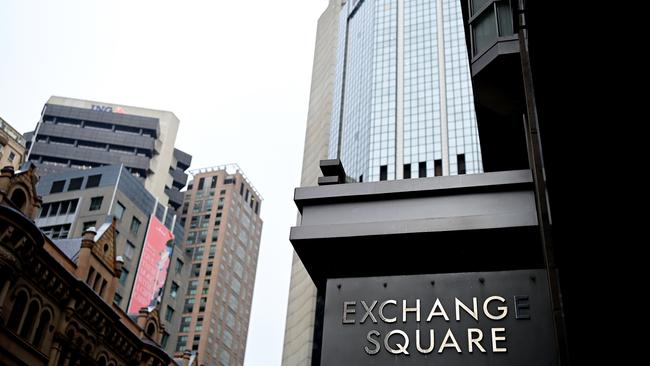Fee barrier to luring foreign talent: KPMG
Australian companies are looking further afield for the right skills and a diversity of views on their boards, according to KPMG.

Australian companies are looking further afield for skills and a diversity of views on their boards, with a quarter of ASX200 directors now based overseas.
But a traditional approach to fees means homegrown businesses risk missing out in the global war for director talent, according to KPMG.
The current approach to ASX director fees comprises an all-in-one chairman fee as well as base member and committee fees across the remaining non-executive directors. These are benchmarked against an ASX group regardless of where directors are based or the fees they could attract in their local markets.
While ASX boards had been able to attract international directors with this typical remuneration structure so far, the “one-size-fits-all” approach may hinder efforts to recruit in certain markets, particularly the US, KPMG remuneration consulting partner Ben Travers said.
“In some markets, such as the US, fees for non-executive directors are materially higher than what is observed domestically,” Mr Travers added.
According to data house Equilar, the median director fee in the US in 2021 was $US270,000 ($362,027) across the top 500 publicly listed companies.
In contrast, Australia’s two largest companies by market capitalisation, BHP and Commonwealth Bank, offered board base member fees of $214,535 and $242,000 last year.
Another big drawback in the local market was the absence of options as part of a remuneration package, Mr Travers said.
In the top 500 public companies in the US, 65 per cent of non-executive director fees were paid in equity last year, according to Equilar. In contrast, fees in Australia are generally paid wholly in cash, primarily due to shareholder approval requirements.
“In markets such as the US, it is common for a significant portion of non-executive director fees to be paid in equity,” he said.
“This is to support alignment between the interests of directors and shareholders. The lack of ability to grant options is a challenge for Australian technology companies in particular.”
As boards increasingly looked abroad for director talent, KPMG expected to see more companies re-examine whether their existing fee structures supported the attraction and retention of high-calibre international talent, Mr Travers said.
“While overseas-based non-executive directors bring invaluable expertise and experience to Australian boards, international appointments do present an added layer of complexity to employer reporting obligations.”
Australian corporates looking to boost their attractiveness to the overseas talent pool should consider a range of options including differentiated fee structures by jurisdiction, after-tax share acquisition plans and overseas travel allowances, he said.
But paying varying fees simply based on location risked a divide between local and international directors, he warned.
“Higher fees to overseas directors would also need to be accompanied by an effective external communication strategy highlighting the global nature of the board and the different fee levels which can be observed across jurisdictions to mitigate potential external scrutiny.”
Companies looking to give international directors the flexibility to receive some of their fees in equity could consider an after-tax plan where a nominated portion of after-tax board fees is applied towards the acquisition of shares on the director’s behalf.
Indeed, some companies were already doing this, with proxy advisers such as ISS and Glass Lewis generally supportive of such arrangements, Mr Travers said, but he noted this was still not as attractive as including options in the fee package.








To join the conversation, please log in. Don't have an account? Register
Join the conversation, you are commenting as Logout